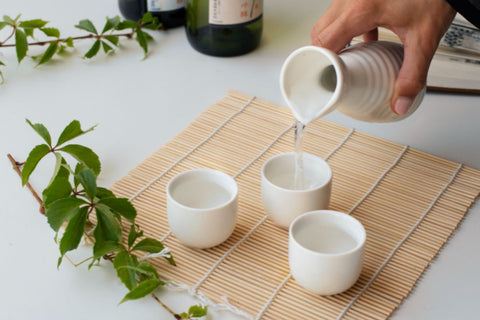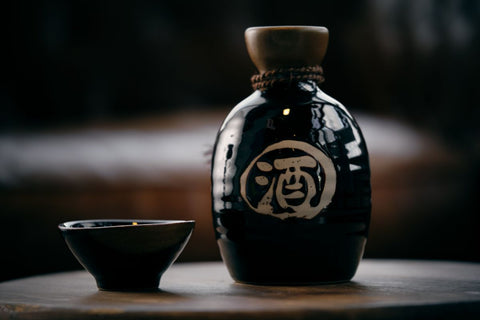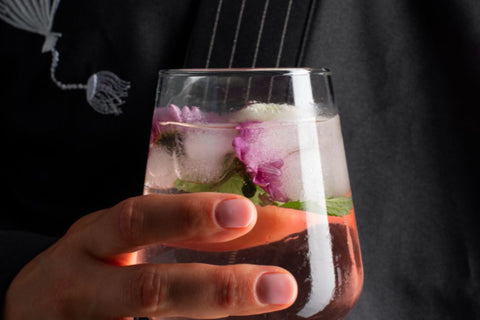Overview
- Japanese sake has gained popularity globally due to its rich history and complex flavors.
- Sake offers a variety of flavor profiles, including sweetness, dryness, umami, floral notes, fruity undertones, and herbal and earthy nuances.
- Enhancing your sake experience by choosing the right temperature, using traditional sake cups, and exploring food pairings to complement the drink's unique characteristics.
With its rich history and complex flavors, Japanese sake has become a beloved alcoholic drink that has captured the hearts of enthusiasts worldwide. This classic rice wine has witnessed a surge in popularity, enticing curious minds with its nuanced taste and cultural significance.
For those eager to embark on a sensory journey, the question arises: What does sake taste like? So, in this article, we do our best to describe the different flavors that await you in trying sake. However, there’s no substitute for trying a real drink. You can shop some of our best-selling products at our online store today!
What Does Sake Taste Like?
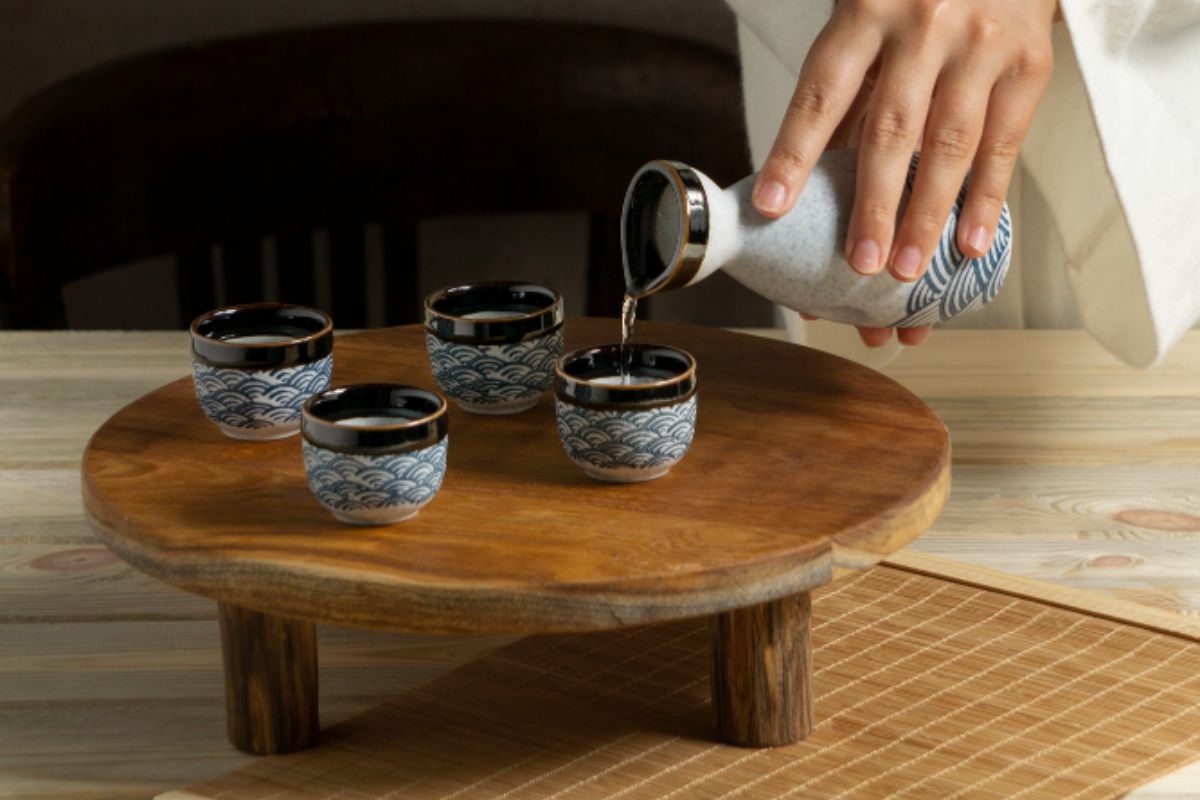
Just as diverse as its cultural roots, Japanese sake offers a symphony of tastes that cater to a wide range of palates. Here are some of its common flavor profiles and aromatics that prove why this beverage is worth the shot:
Basic Flavor Profiles
Sweetness: Sake can range from sweet as in fruity, like plum wine, to dry like traditional sake. This variety caters to different palates and occasions, making it an adaptable beverage choice for diverse preferences and tastes.
For example, sweet sake can have flavors reminiscent of fruits such as apples, pears, or melons. The sweetness can be subtle and balanced, enhancing the overall experience.
- Dryness: The flavor profile of sake such as Junmai Ginjo showcases a refreshing and subtle taste, perfect for those who enjoy a less sweet flavor. Its crispness appeals to discerning palates seeking a more restrained profile.This is made through a fermentation process that allows for the conversion of more sugars into alcohol. It results in a lower residual sugar content, which is often sought after by those who prefer less sweetness in their beverages.
- Umami: This can be described as a savory, meaty, or brothy taste that adds depth and richness to food and beverages. It is often likened to the taste of soy sauce, mushrooms, or aged cheeses.
Just like how sweetness enhances sugary flavors and saltiness enhances salty flavors, umami similarly enhances savory flavors.
The Aromatic Elements
- Floral Notes: Certain varieties of sake showcase delicate floral notes that can range from hints of cherry blossoms and jasmine to notes of rose petals and orange blossoms. This adds a fragrant and delicate touch to the drinking experience.
- Fruity Undertones: Fruity undertones in sake enliven the experience with a playful touch, infusing hints of apple, pear, or tropical fruits that add a refreshing twist to the palate.
- Herbal and Earthy Nuances: These varieties often showcase flavors reminiscent of mushrooms, herbs, or earthy minerals, contributing to a unique and complex flavor profile that appeals to aficionados seeking diverse and intriguing taste experiences.
Tips For Elevating Your Dinking Experience
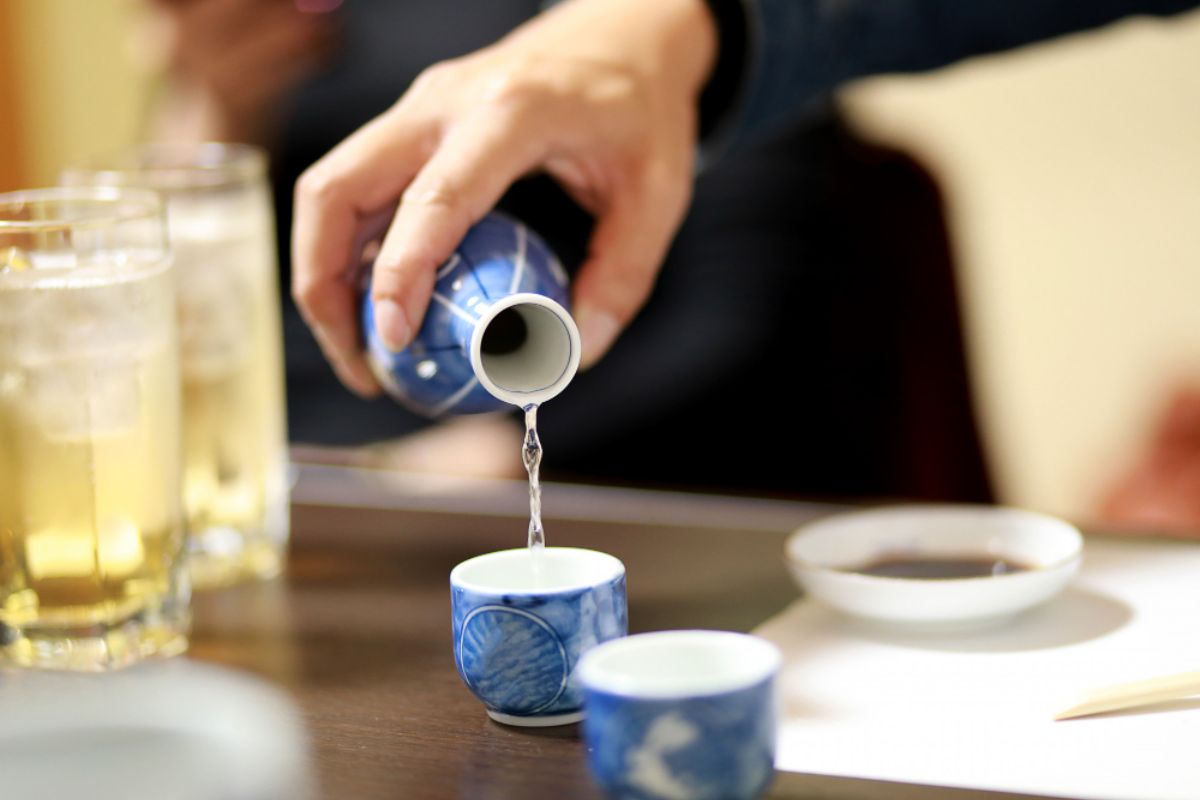
Sake has a clean and smooth taste with a delicate balance of sweetness and acidity, making it enjoyable to savor by itself. But there are more ways you can level up your first experience of this drink. Here are some of it:
Choose the Right Temperature
Selecting the ideal temperature for serving sake can greatly enhance its flavor profile. Try exploring chilled and warmed options to determine the most suitable temperature for your preferred sake variety.
For example, delicate Daiginjo sake may shine when served slightly chilled, while Junmai sake could be more enjoyable when gently warmed. Experimentation can lead to discovering the perfect serving temperature that complements the unique characteristics of each sake.
Use Traditional Sake Cups
Traditional sake cups, whether they are sakazuki or ochoko, play a significant role in elevating your drinking experience. These cups are carefully crafted with a specific shape and material to enhance the nuances of sake and heighten your overall enjoyment.
The design of traditional sake cups is not merely aesthetic; it is purposeful. The shape of the cup can influence the way the sake interacts with your palate. For example, a wider-mouthed cup allows for more pronounced aromas to waft gently toward your nose, enhancing your olfactory experience. On the other hand, a taller, narrower cup may concentrate the aromas, delivering a more intense scent profile.
Explore Food Pairings
Pairing sake with complementary foods can level up your dining experience. When choosing dishes, consider the umami in sake to create a harmonious and balanced combination that enhances both the food and the sake.
For Japanese cuisine, try pairing sake with sushi, sashimi, or yakitori to bring out the flavors of both the food and the sake. If you prefer Filipino dishes, experiment with pairing sake with adobo, sinigang, or kinilaw for a delightful fusion of flavors that will tantalize your taste buds.
Key Takeaway
Sake is a beverage that transcends taste, offering a journey through various flavor profiles and aromatic elements. By understanding the nuances of this drink, you can make your sake-drinking experience even better and more memorable, leaving you wanting for more.
So, what does sake taste like? It’s best to experience it firsthand with us here at Ralph's Wines and Spirits – your gateway to an extraordinary tasting experience. Shop now at Ralph's!

